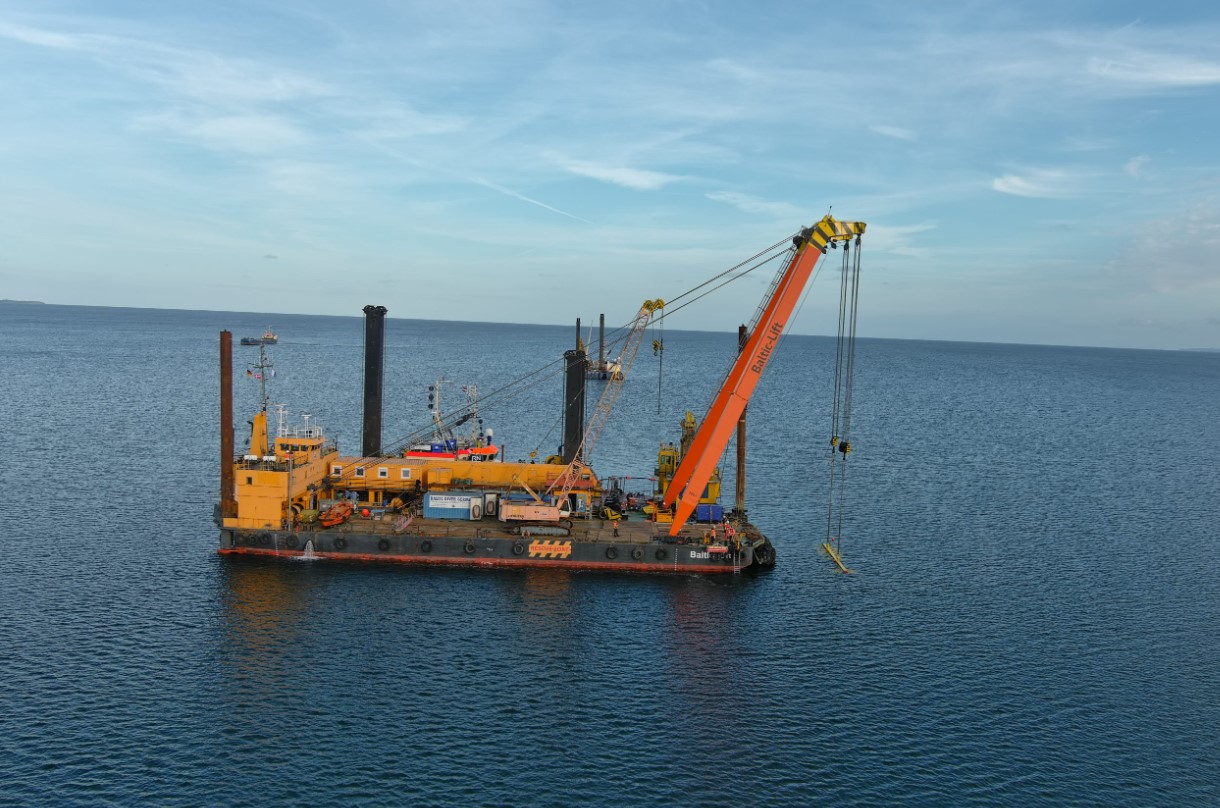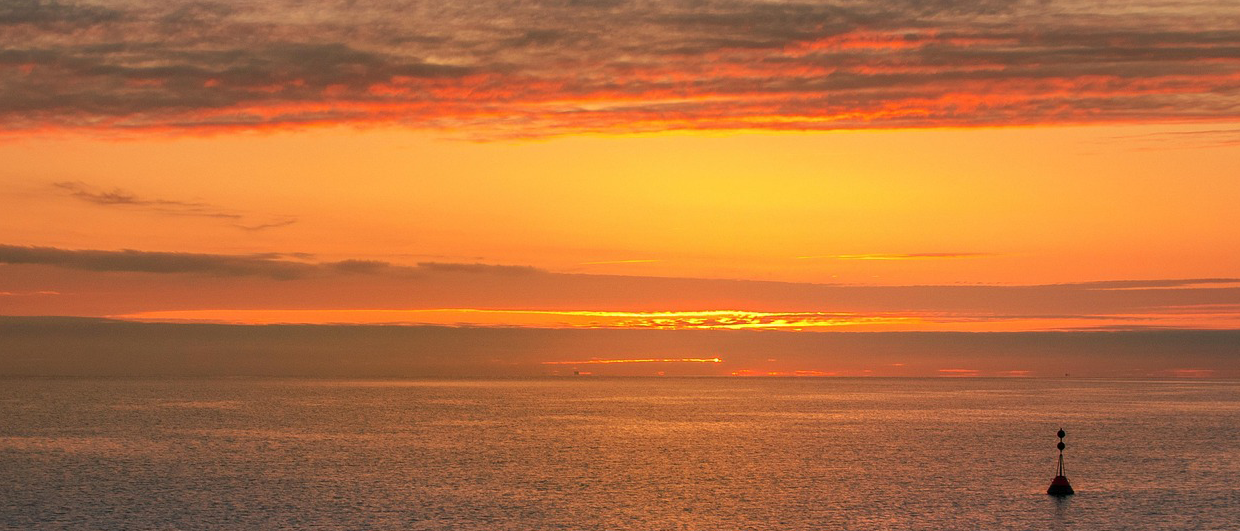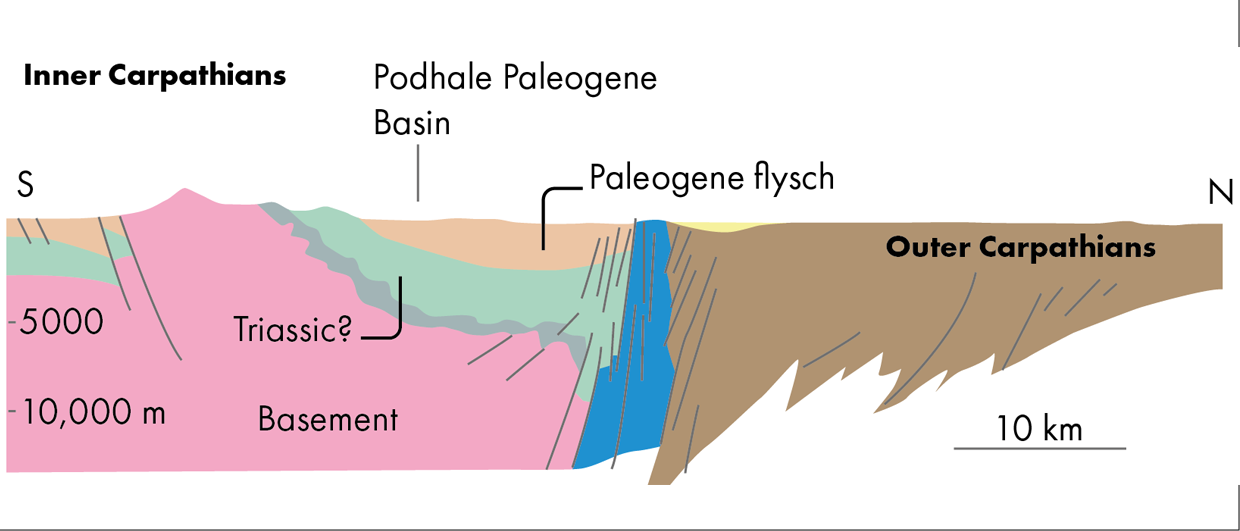Russia may have cut gas supplies to Poland last week, but the country started a diversification process years ago. These decisions are about to pay off. For Poland, but not necessarily for Europe as a whole.
Gas from Lithuania
Last weekend, the Lithuanian Energy Secretary Danius Kreivys tweeted that for the first time in history, his country exported gas to Poland.
The gas flowed through the new Gas Interconnection Poland-Lithuania (GIPL), which was came off the ground in 2014 when the European Commission decided to fund the project. Operational since February this year, the pipeline could not have been ready at a better time.
However, the gas that is now flowing to Poland from Lithuania has not been produced in Lithuania. According to a comment on the Tweet from the Energy secretary, the gas constitutes LNG imported from Norway.
Direct gas from Norway
At the same time, the new Baltic Pipeline that will directly connect Norway with Poland is about to be completed just before winters kicks in this year. With a capacity of 10 Bcm, it could provide Poland with around 50% of its total gas needs.
The fact that these pipeline projects are complete in a year when the outlook on energy security has radically changed, the first thing that comes to mind is the foresight with which Poland has taken action to move away from Russia being the dominant source of gas.
This wasn’t done this year, when the terrible war in the Ukraine unfolded. These decisions were taken years ago, when countries to the west of Poland were seemingly relaxed about the increasing dominance of import and this reliance on gas supplied from Russia.
Now, the decision made by Poland to invest in the Baltic Pipeline is no doubt being looked at with different eyes by many in the west.

More Norwegian gas for Poland, less for the rest of Europe
Even though Poland will have a direct link to Norwegian gas soon, it does not mean that Europe as a whole will be better off. With Norway already producing at maximum capacity, any gas molecule that makes its way to Poland will not end up in Germany or the UK.
It is those two countries that Norway exported to most in 2021; the UK received 33.3 Bcm from Norway whilst Germany imported 49.4 Bcm in the same year. Combined, this accounts for almost 74% of all gas exports from Norway in 2021. It is therefore likely that the UK and especially Germany will feel increasing competition from Norway when it comes to cutting the gas cake.
As the Baltic Pipeline branches off from the most direct pipeline connection Germany has got with the NCS, it is especially this country that will receive less gas if this pipeline is already being used at full capacity.
And with PGNiG being active in the upstream segment as well, for instance through acquiring a 14% stake in the Ormen Lange field when it took over Ineos’ Norway assets last year, the company expected at the time that its gas output from its Norwegian licences may reach 4 Bcm in 2027.
Again, a smart move from the Poles to have active ownership of Norwegian gas assets, but the fact remains that Norway as a whole can only produce so much.
Therefore, in order for Europe to become less dependent on Russian gas, much more is needed still: more frontier exploration, more energy efficiency, more LNG imports, more renewables and more nuclear.
HENK KOMBRINK





